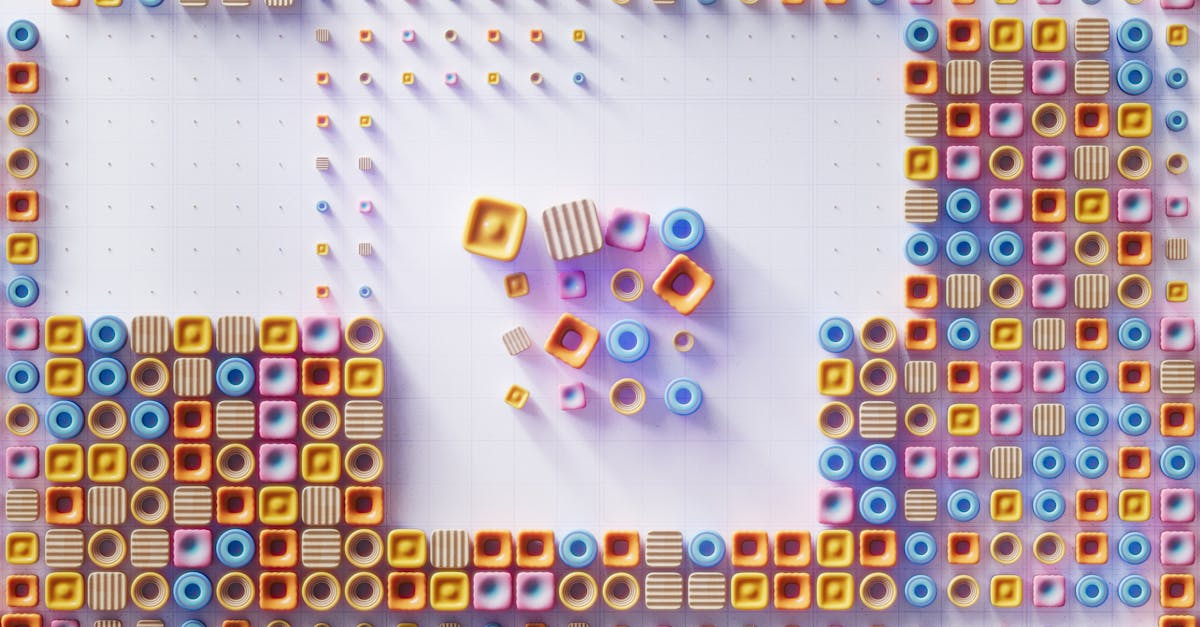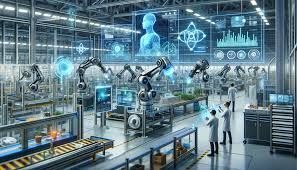Beyond Efficiency: How Digital Twins Unlock Hidden Innovation Potential
In the dynamic landscape of modern business, efficiency is often seen as the pinnacle of operational success. While streamlining processes and reducing waste are essential, true innovation lies in exploring beyond mere efficiency. Enter the digital twin—a powerful concept that transcends traditional process optimization, unlocking new avenues for creativity, experimentation, and product innovation.

Understanding Digital Twins
A digital twin is a virtual replica of a physical asset, system, or process. This sophisticated model mirrors its real-world counterpart, enabling businesses to simulate, analyze, and predict performance in a controlled digital environment. Initially, digital twins were utilized to improve efficiency by providing insights into maintenance needs and operational performance. However, their potential extends far beyond these applications.
The Innovation Potential of Digital Twins
Experimentation and Concept Testing
Digital twins provide a sandbox environment where businesses can experiment with new concepts without the risk of real-world repercussions. By creating virtual prototypes, companies can test ideas, evaluate different scenarios, and iterate on designs swiftly and cost-effectively. This ability to experiment freely fosters a culture of innovation, encouraging teams to think outside the box and pursue bold ideas.
Optimizing Product Design
The traditional product design process often involves multiple iterations and physical prototypes, which can be time-consuming and expensive. Digital twins streamline this process by allowing designers to visualize and test changes in a virtual environment. They can simulate how a product will perform under various conditions, identify potential issues, and make data-driven decisions to optimize design before any physical prototype is created. This approach accelerates the development cycle and enhances the final product's quality and performance.
Enhancing Production Scenarios
In manufacturing, digital twins play a pivotal role in optimizing production scenarios. By simulating different production workflows, businesses can identify the most efficient methods, minimize downtime, and reduce waste. Additionally, digital twins enable predictive maintenance, anticipating equipment failures before they occur and ensuring continuous operation. This proactive approach not only improves efficiency but also enhances the overall reliability and resilience of the production process.
Personalizing Customer Experiences
Digital twins also hold the potential to revolutionize customer experiences. By creating digital replicas of customer interactions and preferences, businesses can tailor their offerings to individual needs. For example, in the automotive industry, digital twins of vehicles can be used to offer personalized maintenance schedules and predict future service requirements based on individual driving habits. This level of personalization strengthens customer relationships and drives brand loyalty.
Driving Sustainable Innovation
Sustainability is a critical consideration in today's business landscape. Digital twins contribute to sustainable innovation by enabling companies to optimize resource usage and minimize environmental impact. By simulating energy consumption, waste generation, and carbon emissions, businesses can develop strategies to reduce their ecological footprint. This not only aligns with corporate social responsibility goals but also meets the growing demand for environmentally conscious products and practices.
Case Studies: Real-World Applications
Siemens and Smart Cities
Siemens has leveraged digital twin technology to develop smart city solutions. By creating digital replicas of urban infrastructure, Siemens can simulate traffic patterns, energy consumption, and environmental conditions. This allows city planners to optimize transportation systems, reduce energy usage, and enhance the overall quality of life for residents.
General Electric and Aircraft Engines
General Electric (GE) utilizes digital twins to monitor and maintain aircraft engines. By creating virtual models of engines, GE can predict maintenance needs, identify potential failures, and optimize performance. This proactive approach has resulted in significant cost savings and improved reliability for airline operators.
Tesla and Vehicle Development
Tesla employs digital twins in the development and testing of its electric vehicles. By simulating vehicle performance under various conditions, Tesla can refine designs and improve safety features. This iterative process has contributed to Tesla's reputation for innovation and excellence in the automotive industry.
Conclusion: The Future of Innovation with Digital Twins
As digital twin technology continues to evolve, its impact on innovation will only grow. By providing a virtual playground for experimentation, optimization, and personalization, digital twins empower businesses to unlock hidden potential and drive transformative change. The future belongs to those who dare to go beyond efficiency, embracing the boundless opportunities that digital twins offer in the pursuit of innovation.









